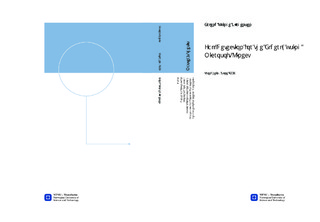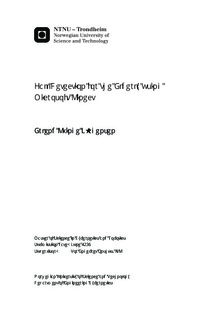| dc.description.abstract | This thesis explores the use of Microsoft Kinect for fall detection of elders. Strengths and weaknesses are analyzed, and typical problems encountered when using the Kinect for fall detection in a home environment are discussed. At first, general information is presented; existing technologies, related work and sensor and software.Seeing as most of the related work is based on simple properties such as centroid height or the bounding box, many of these simple properties are tested with short and specific fall- and neutral events. This is to shed light on different situations which might alter and give unsatisfactory results for some properties. All simple parameters are then compared, with special attention given to robustness. This is to account for more realistic scenarios in which there will be occlusions and a wide range of different situations.After the simple parameters have been analyzed, more advanced techniques are suggested, based on the most robust of the simple parameters. This includes creating height- and inactivity maps to be able to separate sitting/lying areas from walking areas. If this is done successfully, simple parameters may be sufficient to detect falls and avoid a large amount of false positives. Furthermore, detecting walls for entry/exit zone analysis is investigated, and two ways of using these entry/exit zones for fall detection are discussed; absence duration and exit position. In addition, the height derivative is suggested as a feature which can be used when the maps are unavailable.A larger test is done where three scenarios are viewed; living room, hallway and bedroom. For each scenario a training period is recorded. A person is walking around, sitting in chairs, lying in bed etc., and the chosen properties and techniques are analyzed based on this training period. Fall detection is then investigated by executing five different falls in each scenario, and then comparing the response from these falls to the normal behaviour reflected by the training period.Lastly, an algorithm is suggested, trying to maximize the number of detected falls while still minimizing the number of false positives. The algorithm is run throughout the training period to investigate false positives, and it is also run with the fall events after the training period to make sure these are detected. The results are discussed, and it seems that a working fall detection system can be constructed, especially considering the improvements in accuracy with the new Kinect 2. | nb_NO |

